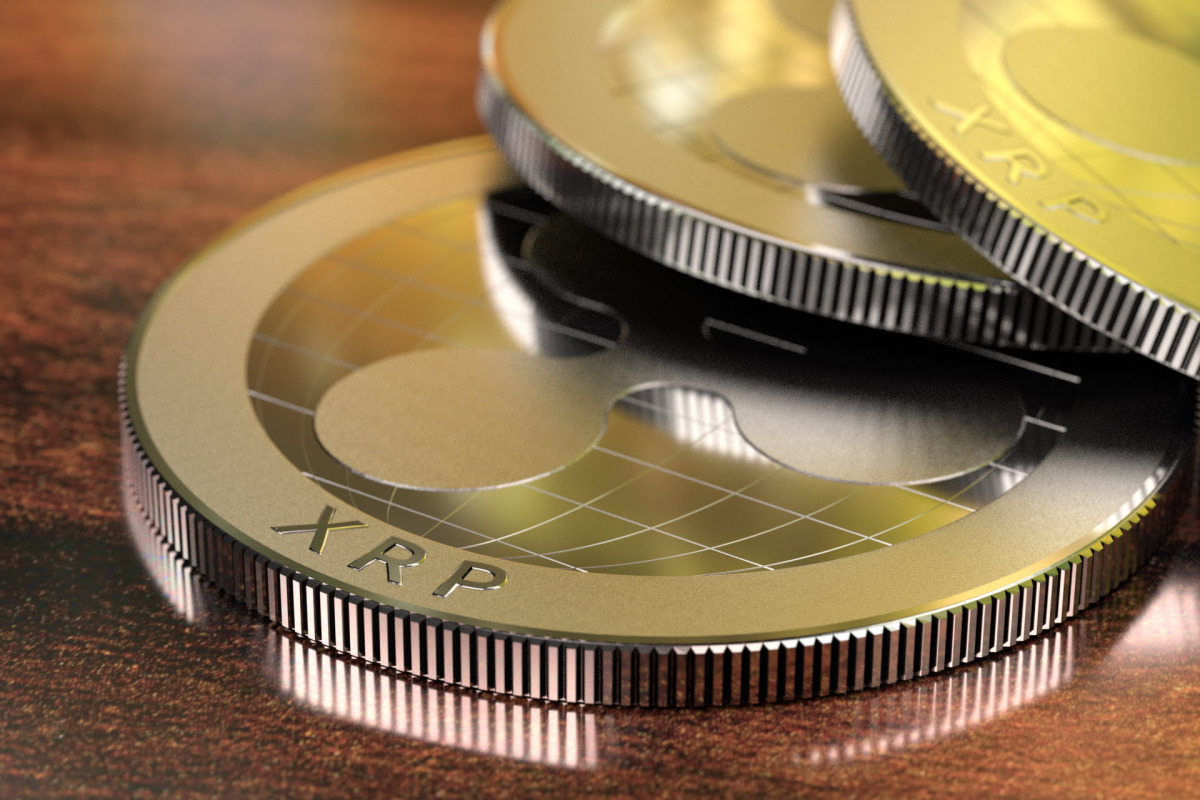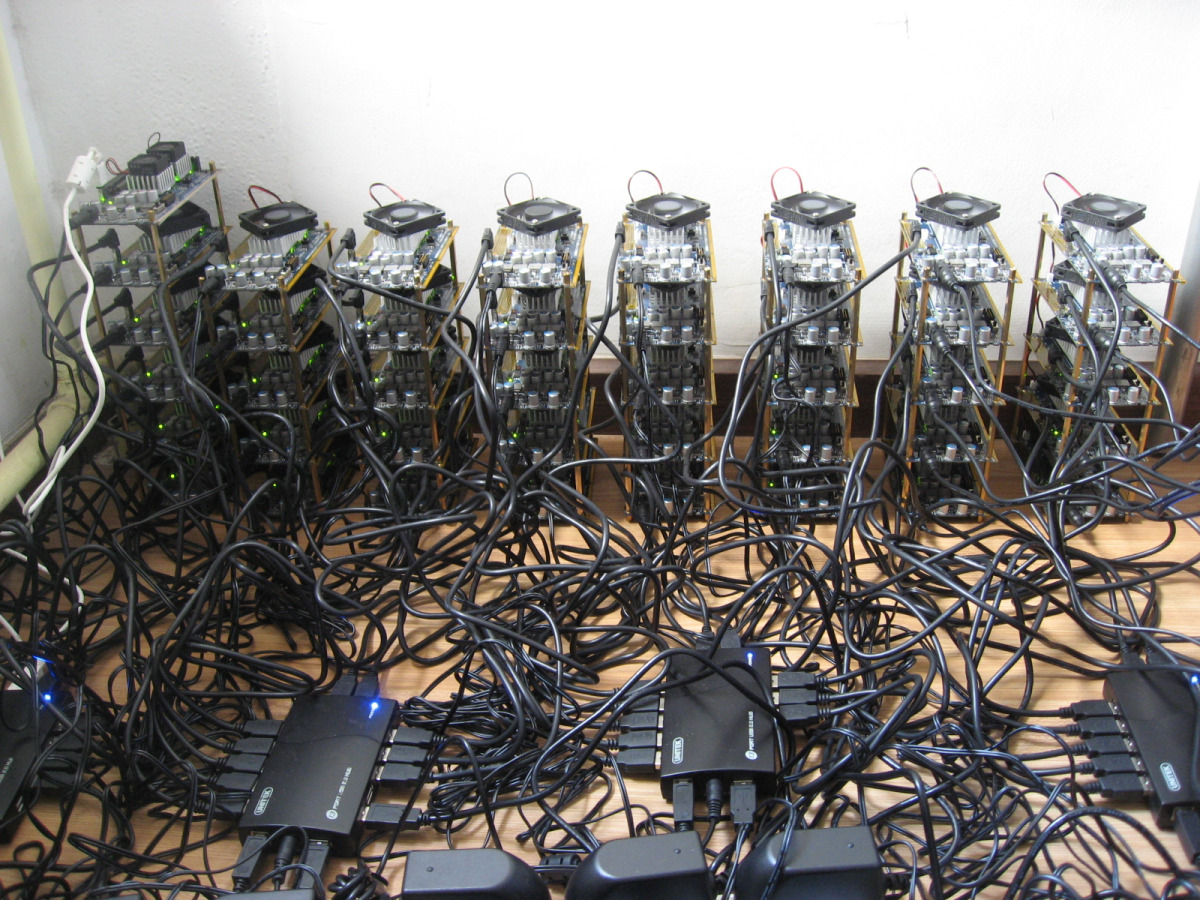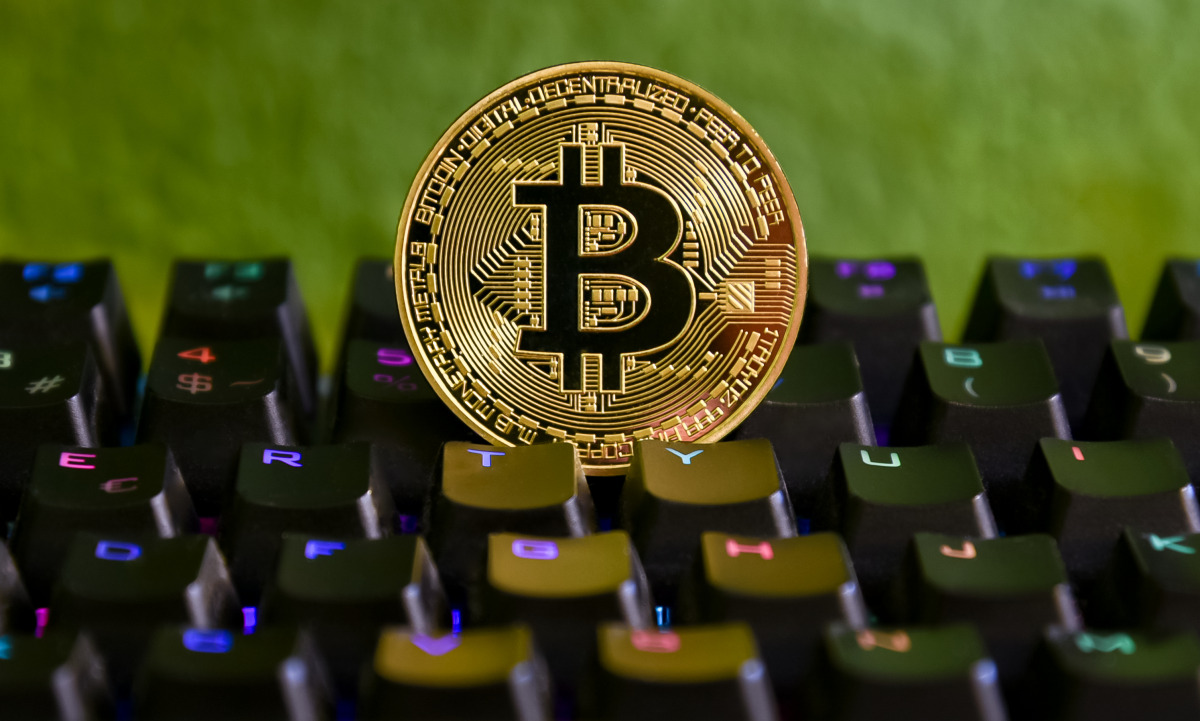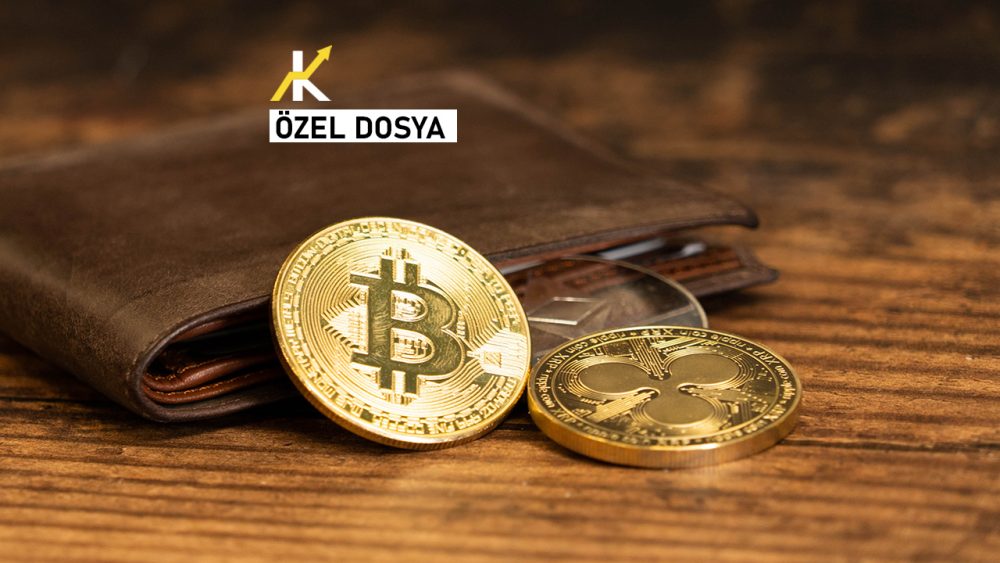According to the latest market movements, Bitcoin and Ripple are among the most talked about cryptocurrencies. After breaking the 2023 record, Bitcoin’s withdrawal to under $ 30 thousand and Ripple’s SEC victory are the reasons for this. So what are the main differences between these two cryptocurrencies? In this article, we will take a look at some of the differences between Bitcoin and Ripple… 👇🏻
Bitcoin (BTC) is a cryptocurrency that emerged after a whitepaper published in 2008 and brought a new understanding to money. Bitcoin, where cryptocoin technology was implemented, found use cases on the internet and eventually created an unlimited market space. Bitcoin infrastructure is run by independent node operators and miners located around the world.
Decentralized finance (DeFi)
While Bitcoin pioneers the idea of decentralized finance (DeFi) on the grounds of giving power back to the people, it has an obligation to stay one step ahead of the traditional financial system every day. That means it’s faster, more secure, limited in quantity but unlimited geographically.
The fact that many entrepreneurs take this risk has resulted in the emergence of a large number of alt cryptosystems and competing with Bitcoin to become the “king of crypto”. At this point, the altcoin named XRP developed by Ripple is included in the story. XRP is a cryptocurrency inspired by Bitcoin, but instead focuses on improving the traditional financial system.
The Ripple network is powered by XRP to facilitate cross-border payments. The company does this by collaborating with financial institutions such as banks to establish payment corridors in compliance with the legal rules of countries. And the main differences between Bitcoin and XRP emerge after this point…
 One of the main differences between XRP and Bitcoin is the amount of supply.
One of the main differences between XRP and Bitcoin is the amount of supply.Ideological and systemic distinctions
The inventor (or inventors) of Bitcoin have managed to remain anonymous to this day, although there are all sorts of clues about their identity. Announced someone using the pseudonym Satoshi Nakamoto as the inventor. The reason for this desire to remain anonymous was that the establishment of a decentralized peer-to-peer financial system was not intended to be controlled. Although Bitcoin did not have a corporate form before or after it was founded, it managed to pass all the regulatory scrutiny on its way to becoming mainstream.
XRP Ledger (XRPL), on the other hand, was founded in 2011 by engineers David Schwartz, Jed McCaleb, and Arthur Britto, at the request of a better version of Bitcoin. Chris Larsen later joined the team, which set out to create a system similar to Bitcoin but not based on mining. Since then, it has become the “savior cryptocurrency” of traditional organizations that want to transfer money around the world.
On the other hand, Bitcoin was founded on the logic that a real asset that can appreciate in value over time should have a limited nature. Therefore, its supply was limited to 21 million. But by making changes to the protocol, it is possible to continue mining Bitcoin. Bitcoin’s ecosystem is built on a structure in which miners earn rewards by issuing new tokens to the transactions they accept and to the market.
 While Bitcoin is built on the mining system, there is no such method in XRP. Photo: Wikimedia Commons
While Bitcoin is built on the mining system, there is no such method in XRP. Photo: Wikimedia CommonsXRP, on the other hand, has a system where there is no mining and the supply is set at 100 billion. 80 billion of this was gifted to Ripple by the founders. The circulation of XRP depends on the use case. Tokens that are not in use are moved to an escrow account to be recirculated later. This structure allows XRP to transact more at a faster and cheaper rate.
At the time of writing, the circulating supply of Bitcoin was 19 million 329 thousand 668 and the circulating supply of XRP was 51 billion 402 million 267 thousand 34.
Processing speed differences
The success of the technology in Bitcoin is largely based on trust in 51 percent of miners. This 51 percent legitimizes transactions by outdoing the bad actors in the framework. In XRP, on the other hand, there are no miners, so another system works. XRP has validators that act as designated servers to confirm transactions.
While the proof-of-work (PoW) mechanism in Bitcoin causes the transaction speed to slow down (requires the goodwill of 51 percent of miners), Thanks to the consensus created registry system in XRP, the transaction speed takes 3-5 seconds. Bitcoin transaction speed can reach 500 seconds . This difference also results in XRP performing 1,500 transactions per second and Bitcoin performing 3 transactions per second.
However, there is also the energy consumption dimension of mining. Energy consumption is high due to mining in Bitcoin.
 The inventor or inventors of Bitcoin prefer to remain anonymous, but we know who the engineers of XRP are. Photo: Wikimedia Commons
The inventor or inventors of Bitcoin prefer to remain anonymous, but we know who the engineers of XRP are. Photo: Wikimedia CommonsThe emergence of many Bitcoin billionaires over time has caused the interest of entrepreneurs and traditional investors to shift to this cryptocurrency. Although there is no such promise in Bitcoin’s whitepaper, Bitcoin has turned into one of the most profitable savings tools.
XRP is also leading the way in cross-border money transfer, thanks to Ripple’s extensive collaborations with traditional banking giants on a global scale. Due to their popularity, both can be traded on all major crypto exchanges and are supported by many crypto wallets.
Sources: Cointelegraph, Cryptocoin




